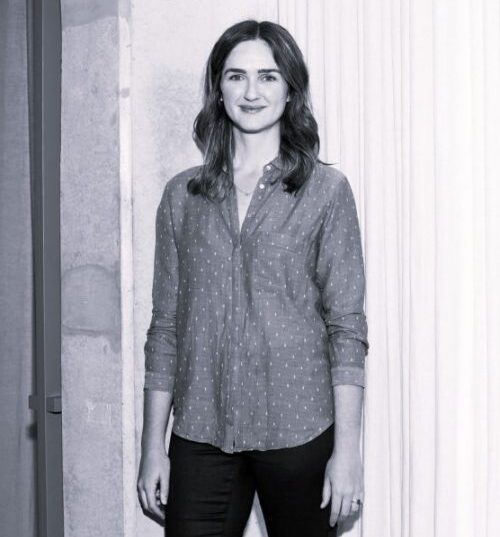2023 David Lindner Prize Winner

Isabella Reynolds
The 2023 David Lindner Prize is awarded to Isabella Reynolds for her proposal entitled “Soft Spaces: Designing for Pain in the Public Realm”.
Isabella’s submission brings to the fore the high proportion of Australian’s living with the invisible experiences of chronic pain and disease and how good design within our built environment should consider people living with these conditions.
Her proposal builds on her previous research into this topic, where she catalogued how public spaces affect people living with chronic pain. The David Lindner Prize will enable Isabella to continue this research through establishing a set of recommendations in the form of a practical guide for future public buildings and spaces to palliate the effects of chronic pain. This research will be strengthened through collaboration with nominated industry leaders in this space as well as medical professionals.
Through highlighting the statistics around chronic pain and the impact of our environmental conditions on this, the jury considered that Isabella’s work could be a very poignant topic within the architectural profession about how we design our spaces with empathy and inclusion.
2023 David Lindner Prize Commendation

Tamara Kerr
The jury agreed that Tamara Kerr’s proposal “The Power Powerless: Adapting Thermally Efficient Housing and Its Urban Environment” deserved a commendation. Kerr identifies how inequities in the built environment will be exacerbated through the impacts of climate change. In particular, as mechanical heating and cooling become increasingly needed to manage climatic unpredictability, designers and planners face the challenge of meeting those needs without increasing carbon demands, and doing so affordably and equitably. Kerr’s focuses her proposal on how design interventions, rather than carbon-based mechanical systems, can support the thermal comfort needs of the less advantaged. In so doing she reveals another layer of Australia’s dire housing affordability crisis, and encourages architects to bring this into our collective social aspiration.
